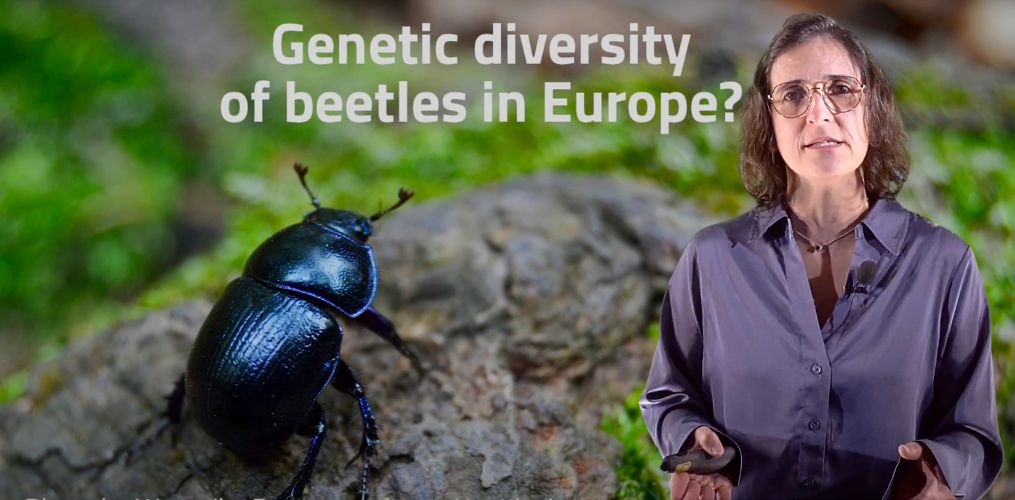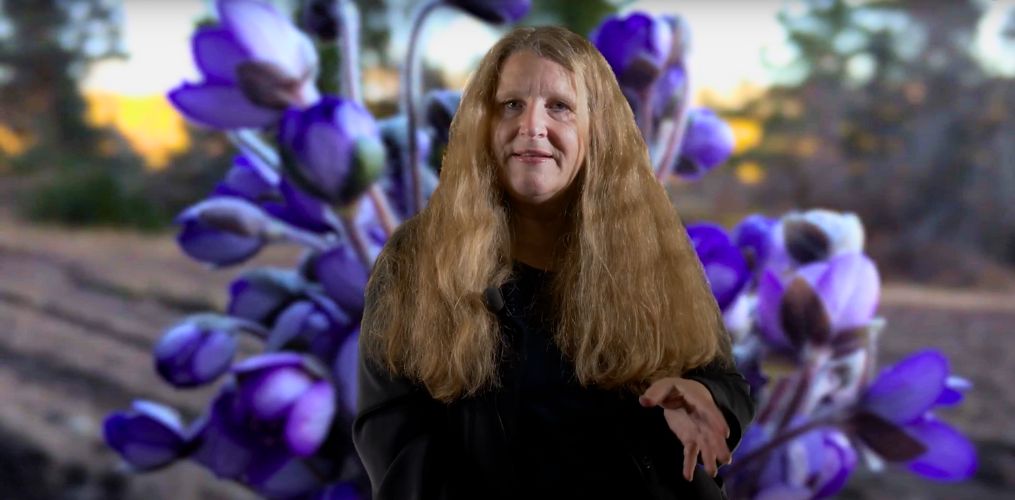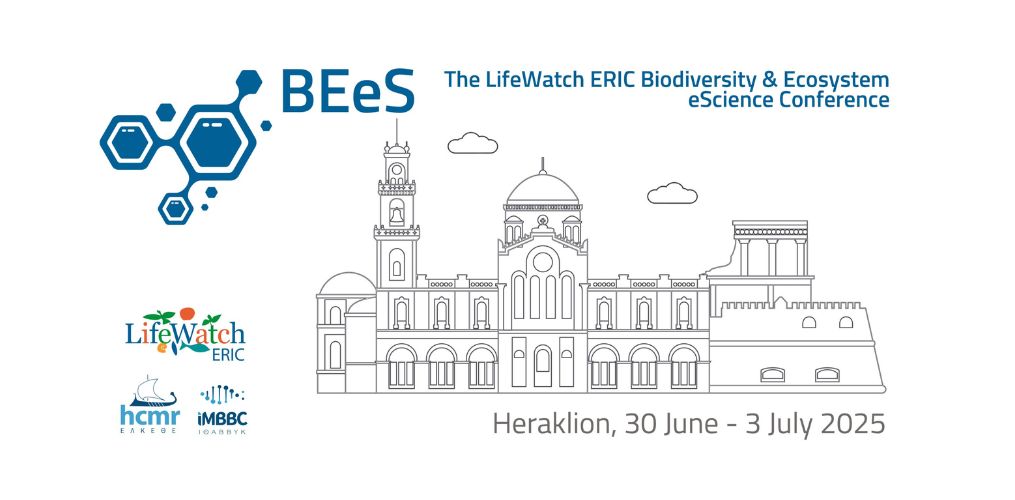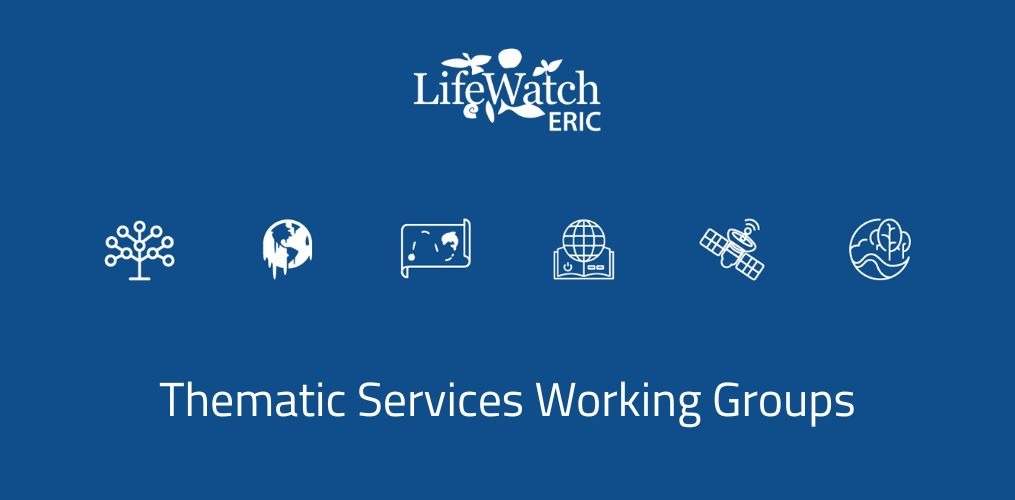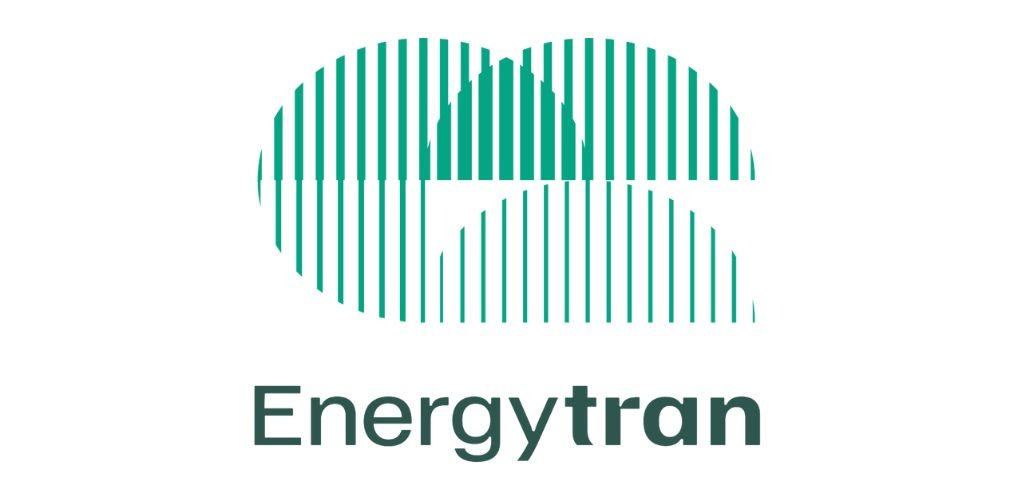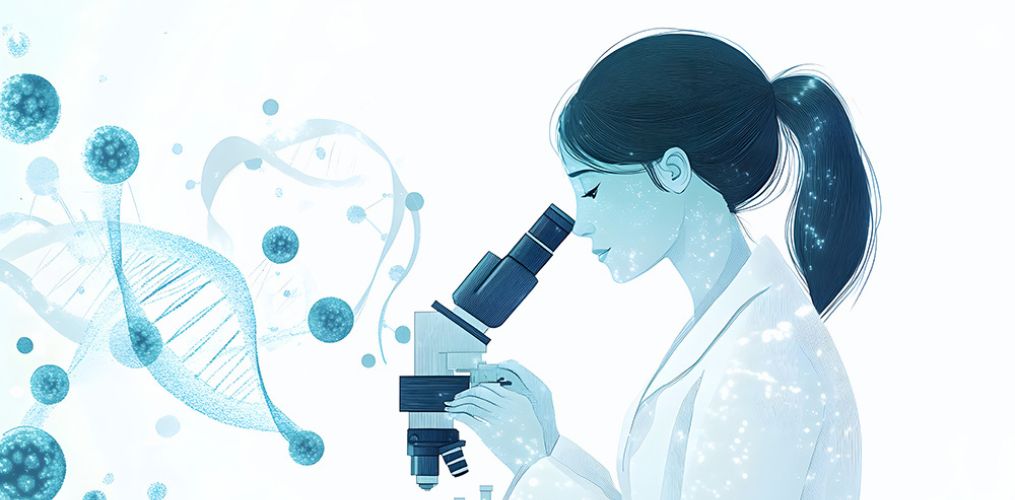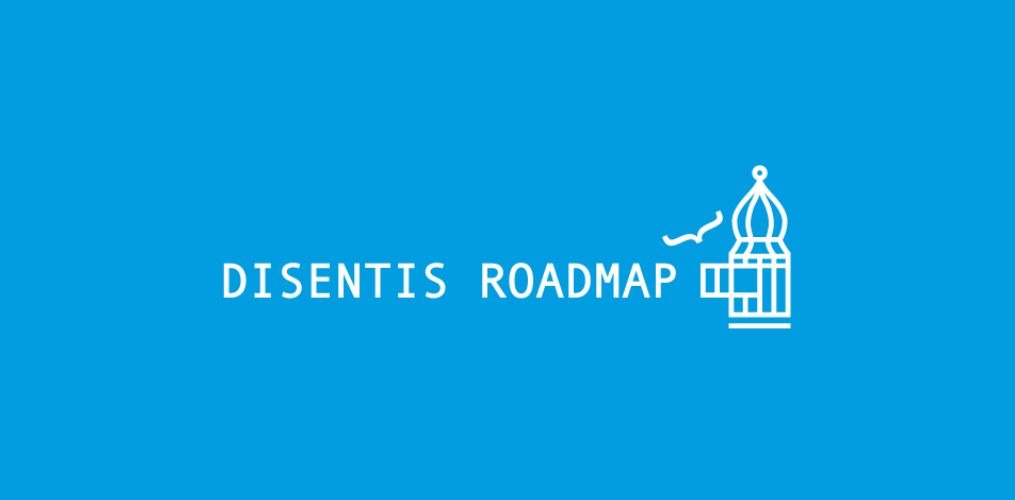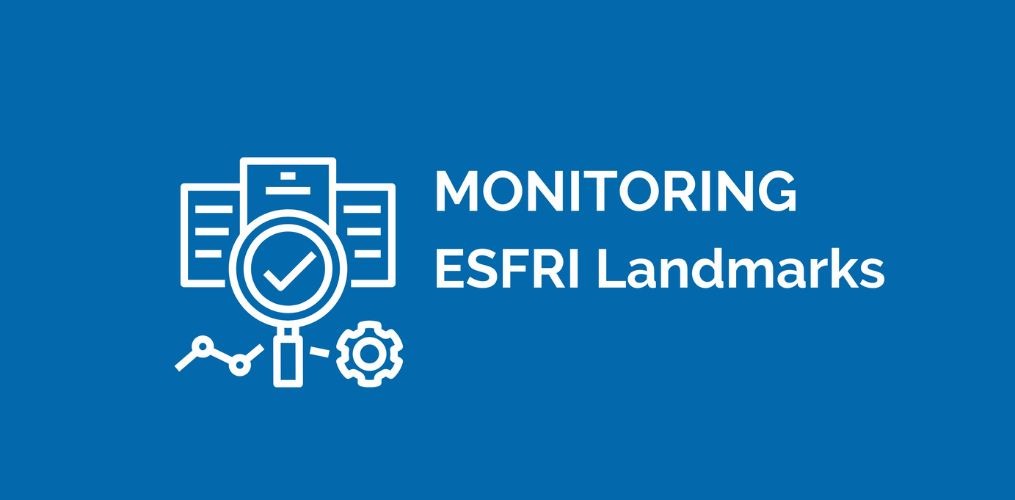Remember struggling to find all the data you needed for a research project? You’re not alone!
In our fourth BioDT Talks episode, Joana Castro Paupério, Biodiversity Project Manager at the European Nucleotide Archive (EMBL-EBI), shares how her PhD frustrations with incomplete biodiversity data led to her passion for FAIR (Findable, Accessible, Interoperable and Reusable) principles.
Imagine trying to model genetic diversity of European beetles across environments. Would you find all the necessary data? Would you be able to access crucial context information like geographic coordinates? Could you interpret the data correctly on the basis of the information available? Probably not, as unfortunately not all data produced is published in a way that it is easy to find by users. Moreover, data may often be accessible, but hard to find and interpret because it does not have enough metadata or the metadata is not structured in a standardised way.
Joana reveals how making biodiversity data Findable, Accessible, Interoperable, and Reusable is transforming conservation research and enabling effective Digital Twins.
Watch now to discover how the BioDT project is ensuring valuable biodiversity data doesn’t just exist but can be found, understood, and used effectively!
BioDT is a research project funded by the European Union that aims to develop a digital twin prototype for the study and analysis of biodiversity, in support of the EU Biodiversity Strategy for 2030. The Biodiversity Digital Twin prototype provides advanced models for simulation and prediction capabilities, through practical use cases addressing critical issues related to global biodiversity dynamics.
The BioDT Talks is the new 6-part series illustrating how data science and technology are transforming our approach to the biodiversity crisis.
More information on the BioDT Project HERE.
Watch the full playlist on YouTube and find out more!
